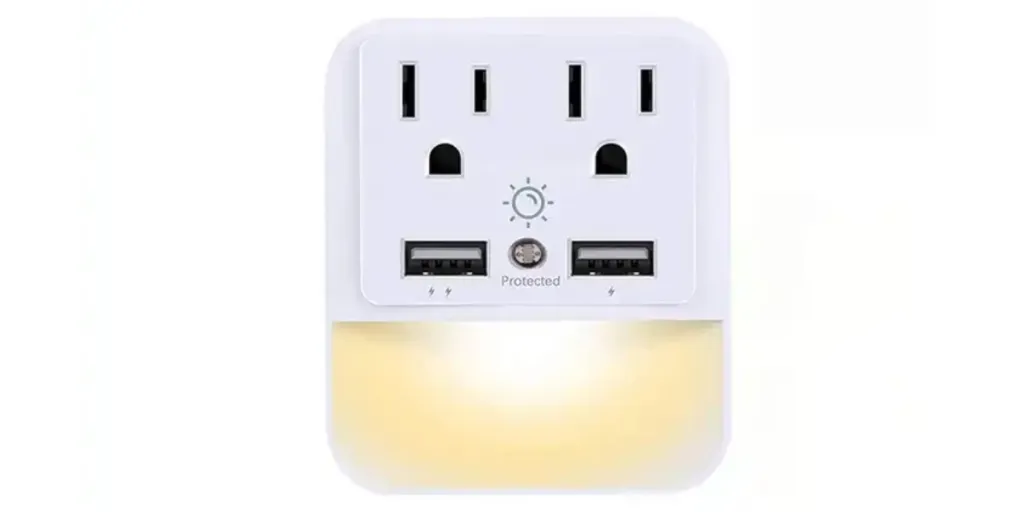Power sockets are an essential piece of equipment whose functionality and reliability can seriously affect the appliances that they power. Usually fitted in walls or via extension cords, they enable easy plugging-in of electronics and machines and may feature different interfaces for different devices. In addition, they come in different types, ranging from Type A to Type L, each tailored to the unique needs of a particular region.
Here we’ll discuss everything you should consider to make sure you choose the right power socket for your business.
Table of Contents
Market share of electric plugs and power sockets
How power sockets work
Types of power sockets
Key things to consider when buying power sockets
Conclusion
Market share of electric plugs and power sockets
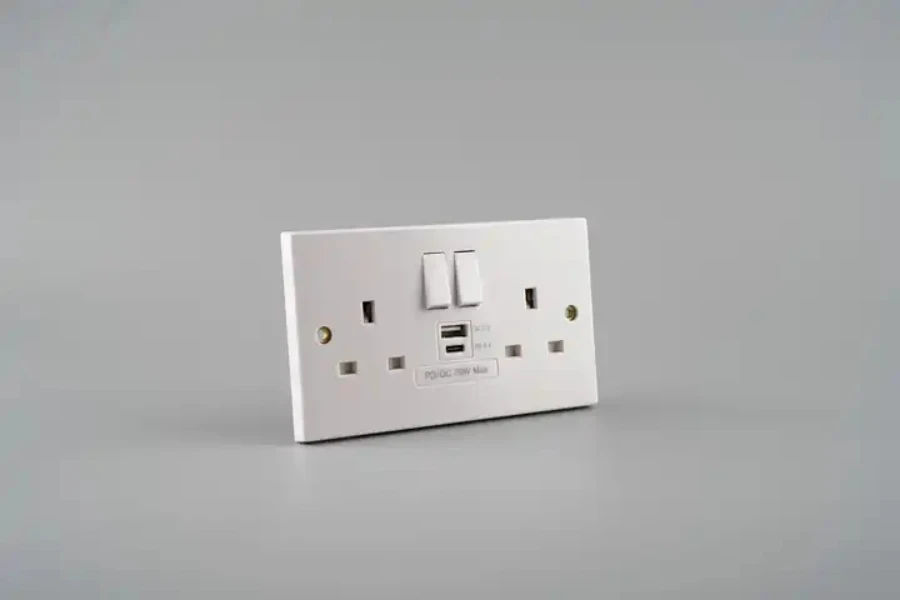
According to Precedene Research, the electric plugs and sockets market was worth USD 12 billion in 2022, and is forecast to grow to about USD 20.59 billion by 2032 with a CAGR of 5%. Factors leading to increased demand for power sockets include increasing urbanization, changes in technology, and the expansion of the consumer electronics sector.
The major regions where this wave is currently taking place are Asia Pacific, North America, and Europe. In these regions, the manufacturing industries are growing at a more rapid pace, there is more construction work occurring, and use of electronic gadgets is proliferating.
How power sockets work
Power sockets facilitate a connection between electrical devices and a building’s power supply. A standard power socket design includes two or more slots, each serving a specific purpose, for example, feeding through to live, neutral, and, in some cases, ground wires. A live wire carries the current from the electrical system to the device, while a neutral wire provides the return path. The ground wire is a safety feature that helps prevent electrical shocks and is connected to the grounding system of the building.
Safety features are incorporated into power socket designs to minimize the risk of electrical hazards. Grounding systems, circuit breakers, and other protective measures are implemented to enhance safety for both electrical systems and their users. These safety features are crucial in preventing electrical shocks, fires, and other potential dangers associated with the use of electrical devices. In addition, many regions have a standardized design for power sockets to further ensure safety as well as compatibility with a wide range of electrical devices.
Types of power sockets
Type A: A US plug or double-prong socket widely used in North and Central America, Japan, and some South American and Asia areas
Type B: Similar to Type A plugs, Type B sockets have an extra grounding pin. They are commonly found in North and Central American countries, as well as some parts of Europe, Africa, and Asia.
Type C: These power sockets have two round pins, and they are predominately used in Europe, South America, some parts of Asia, and many parts of Africa
Type D: This large, round three-pinned socket is common in India, Nepal, and some parts of Africa
Type E: Common in France, Belgium, Poland, and some parts of Europe, Type E power sockets are composed of two round pins and one grounding pin in a triangle shape
Type F: These sockets are used across Europe, and are almost identical to Type E sockets, except they have a narrower spacing between the grounding pins
Type G: A standard plug type with a rectangular prong used with three-pin sockets across the UK, Ireland, Africa, Asia, and many other countries
Type H: This socket has three pins in a line, found in Israel and the West Bank
Type I: Commonly used in Australia, New Zealand, China, and Argentina, Type I power sockets have two slanting flat pins and a grounding pin
Type J: These power sockets are found in Liechtenstein and Switzerland, and use two round pins and one grounding pin
Type K: Type K power sockets are common in Denmark and Greenland, and have three round pins in a triangle shape
Type L: This power socket uses three round pins in a row, and is used in Italy and some areas of Chile
Type M: Type M is common in South Africa, and features three large round pins arranged in a triangle
Type N: These three-pinned sockets are used in Brazil
Key things to consider when buying power sockets
1. Type
The ideal type of power socket depends on a region’s electric codes, for example:
- Type A and type B socket systems, commonly found in North America, have two or three flat pins
- The Type C and Type F sockets, featuring the two-round pins, are common in Europe
- The UK uses the three-flat-pronged Type G socket
2. Price
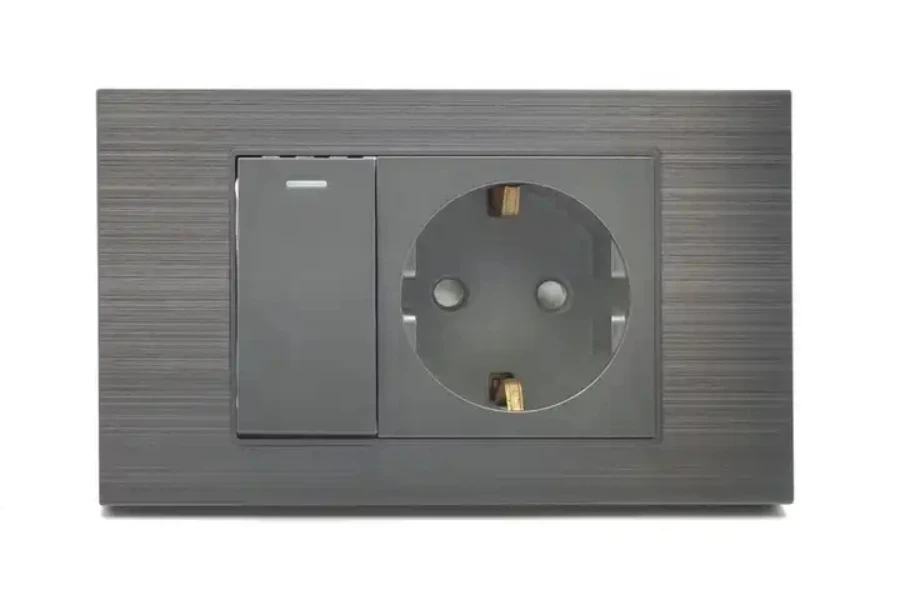
The cost of a power socket mostly depends on the quality of the materials used to make them, their design, and extra functionalities.
Basic power sockets
Budget, entry-level power sockets are priced between USD 1-15 and offer basic features and standard designs. These sockets provide essential power access without any additional frills, making them an economical choice for users who prioritize cost-effectiveness.
Premium power sockets
More premium power sockets, falling within the USD10-20 range, offer a balance between affordability and enhanced functionality. These sockets often come equipped with additional features such as surge protection and USB ports, providing users with added convenience and protection against power fluctuations. The slightly higher cost in this category is justified by the inclusion of these supplementary features, making mid-range power sockets a suitable choice for those looking for a bit more versatility in their electrical outlets.
3. Voltage compatibility
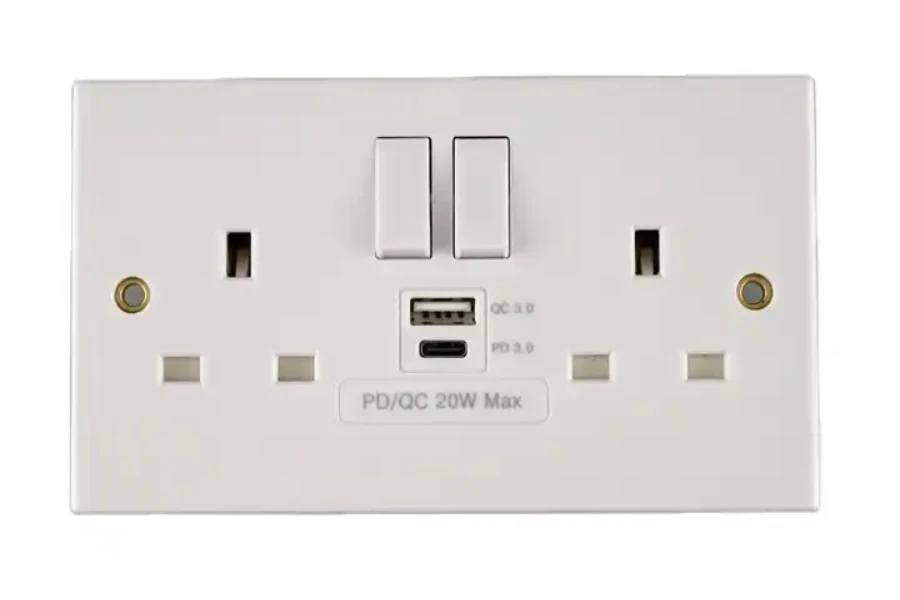
Different regions use different voltage standards. Voltage compatibility of the socket ensures the device is safe from damage and enhances safety. The socket’s voltage rating should correspond to standard electric parameters of the country where they will be used. By design, power sockets have predetermined voltage range limits, such as 110V to 120V or 220V to 240V.
110V to 120V power sockets
Power sockets within the voltage range of 110V to 120V are commonly used in regions like North America and parts of South America. These sockets are designed to accommodate lower-voltage electrical systems. Their features include compatibility with standard household appliances and electronics, making them suitable for residential use. Devices such as lamps, kitchen appliances, and most consumer electronics are designed to operate efficiently within this voltage range. 110V to 120V power sockets are the standard choice for households in regions that follow this electrical standard.
220V to 240V power sockets
In contrast, power sockets with voltage specifications ranging from 220V to 240V are prevalent in many European, Asian, and African countries. These sockets are designed to handle higher-voltage electrical systems. The higher voltage allows for the efficient operation of larger appliances and industrial equipment.
Countries with 220V to 240V power systems commonly use these sockets for a wide range of applications, including powering refrigerators, air conditioners, and other heavy-duty electrical appliances. The increased voltage capacity makes these power sockets suitable for both residential and commercial use, accommodating a broader range of electrical devices.
4. Current rating
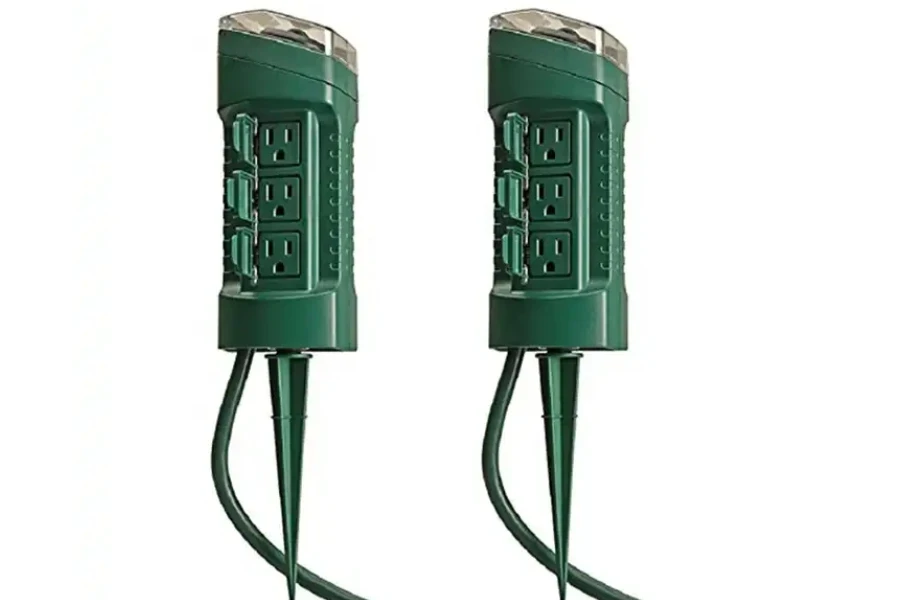
A power socket’s current rating indicates how much electric current it can safely carry without breaking.
- Higher current ratings for power-intensive systems: Power-intensive systems like air conditioning units require higher current ratings, typically ranging from 15A to 20A. These higher current capacities are essential to meet the energy demands of such heavy-duty appliances. Air conditioners, in particular, draw significant power during operation, and using sockets with these higher current ratings ensures a safe and efficient power supply for these essential home comfort systems.
- Standard current rating for typical household appliances: For typical household appliances like washing machines and televisions, a standard current rating of 10A is sufficient to meet their power requirements. Understanding the current rating of the sockets is crucial in preventing overheating and electrical hazards. This ensures a stable and secure electrical connection, preventing potential risks associated with mismatched current capacities.
5. Quality
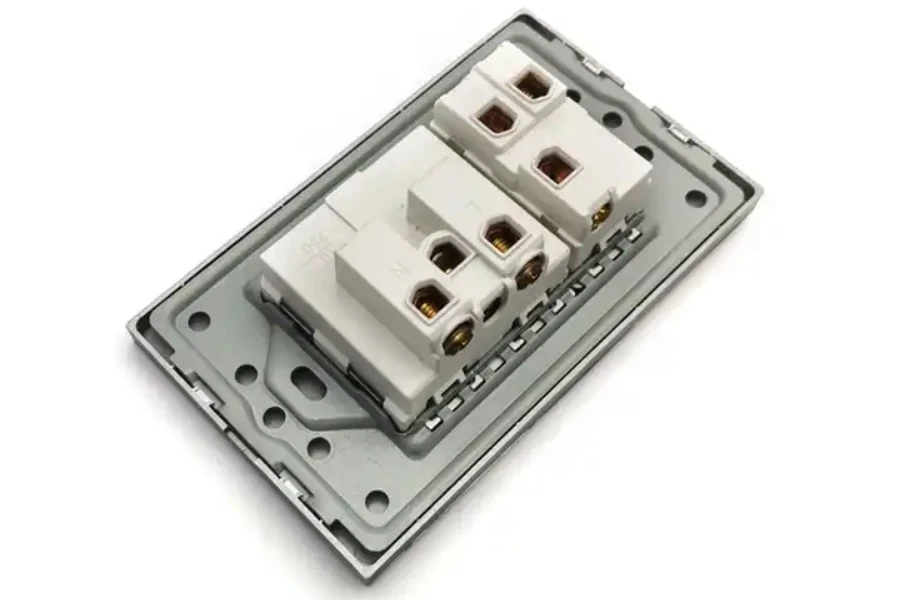
The safety and durability of a power socket depend on their quality, for example:
- Metal sockets, such as those made of stainless steel or aluminum, boast durability thanks to their inherent strength and resistance to wear. These materials are robust and resilient, ensuring the longevity of the power sockets in various environments without succumbing to quick deterioration.
- Power sockets crafted from durable plastics exhibit longevity thanks to the material’s resistance to wear and tear, along with its lightweight and versatile nature. High-quality, flame-retardant plastics contribute to the durability of power sockets, ensuring they maintain their structural integrity over time and provide a safe housing for electrical components.
- The use of flame retardant materials, often certified by standards like UL (Underwriters Laboratories) or VDE (Verband der Elektrotechnik), significantly enhances the durability of power sockets. These materials are designed to withstand high temperatures, reducing the risk of fire hazards and ensuring the sockets remain robust and safe for prolonged use. Choosing sockets with these certifications contributes to the overall durability and safety of the electrical infrastructure in a home.
6. Grounding
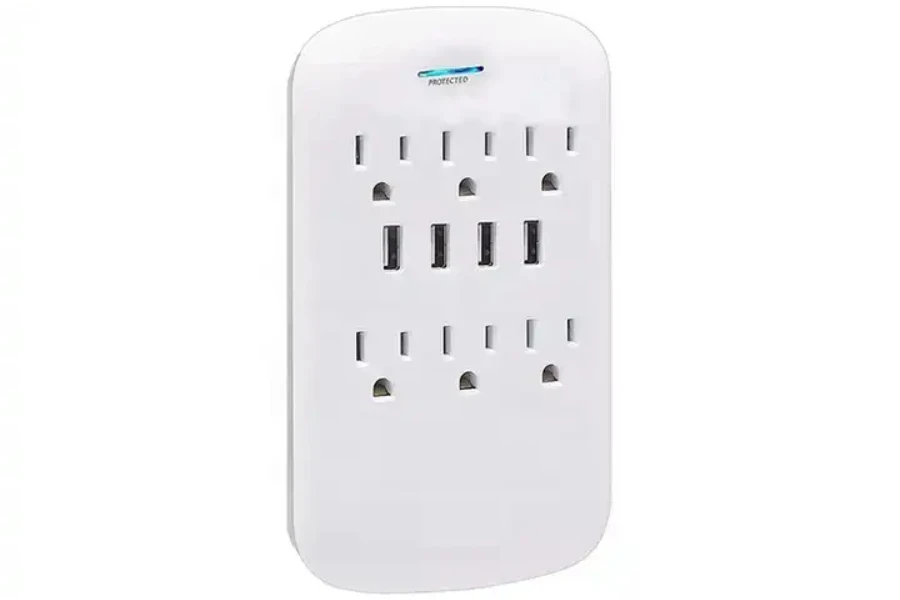
Sockets with three pins, also known as grounded sockets, do so so that electricity has a way of dissipating in case of a fault. This helps to reduce the incidence of electric shocks and fire outbreaks. Appropriate grounding in the power socket, especially when using plug-in devices, ensures safe and effective operation. High-power appliances or electronic equipment require grounded sockets as they provide an additional layer of safety in an electricity arrangement.
Conclusion
Selecting the ideal plug socket requires careful consideration of the type, cost, voltage compatibility, current rating, quality, and whether or not you need a grounded connection. No matter what your needs, you’ll be sure to find exactly what you’re looking for on Alibaba.com.
